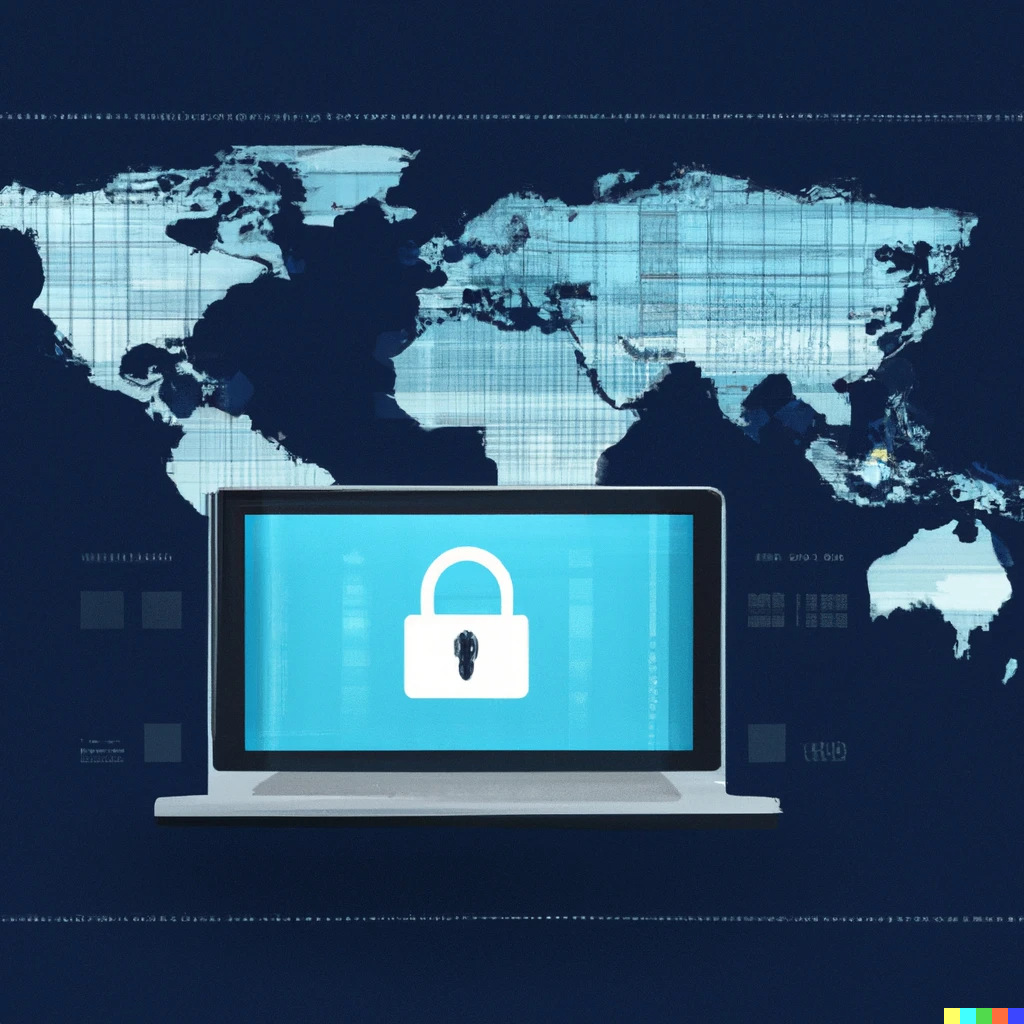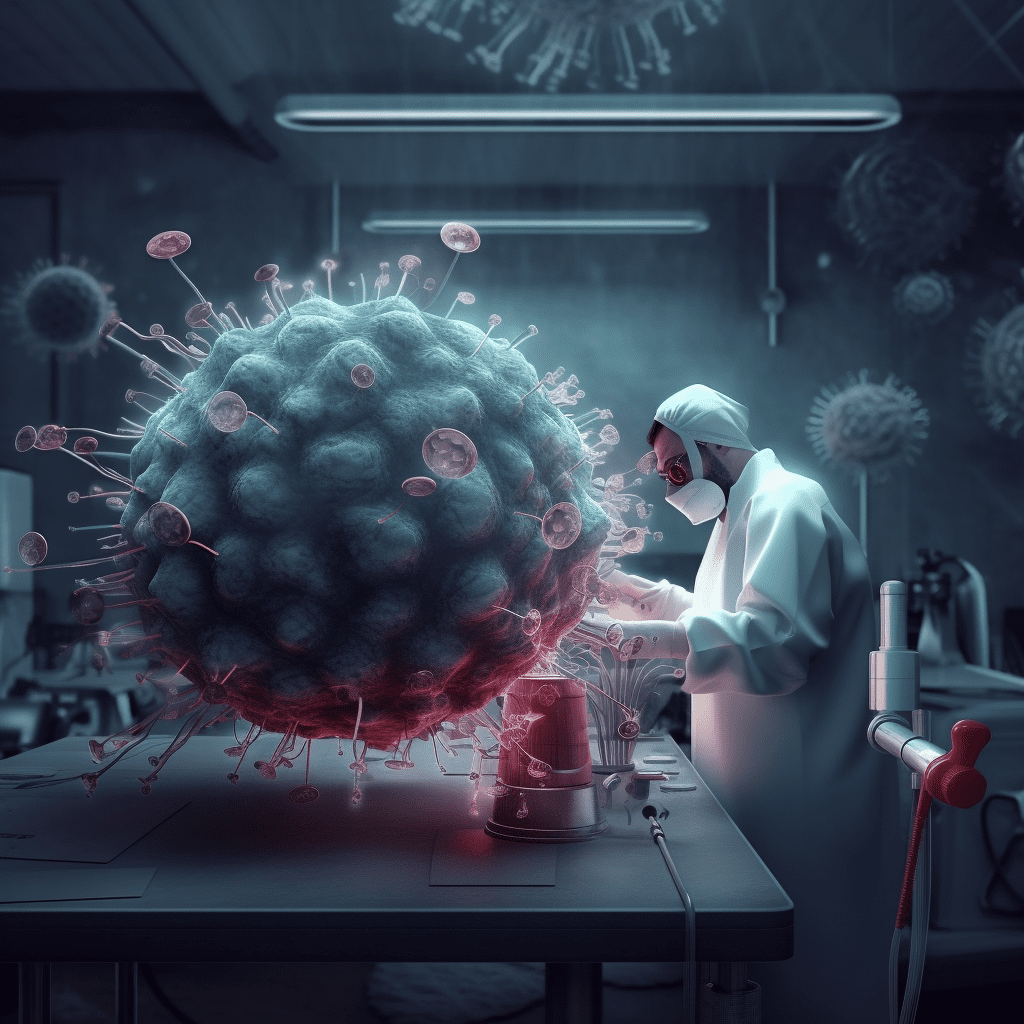AI and Pharmacovigilance ADR processing
 5 years ago
By Bryan
5 years ago
By Bryan
Many of the problems that have long been inherent in Pharmacovigilance (PV) – such as historic limitations in the information that is published in case reports, analysis of electronic health records and integration – have found an answer in the increased use in recent years of artificial intelligence (AI) and machine learning (ML). But with the dramatic uptake of new PV technologies by most major pharma companies, the point must be made that such innovations are not a panacea: manpower is and will still be needed to ensure oversight and a fundamental human touch.
The Need for Innovation
Pharmacovigilance is one of the most important aspects of drug development, with the potential to have a more direct and life-changing impact on patients than any other area. Adverse drug reactions (ADRs) account for around 7% of hospital admissions in the US alone, with around half of these entirely avoidable.
The situation is becoming critical. Between 2004 and 2015, there was a five-times increase in reported ADRs, with the EMA noting that in 2015 there was a 10% rise in ADRs on the previous year. Beyond being a danger to patients, the rise in ADRs increases costs for pharma PV departments and increases workload for staff dealing with such matters.
Even today, a considerable proportion of the work done by PV professionals is manual. The majority of PV spend in most pharma companies is focussed on processing rather than analysis, with huge amounts of resources going towards the use of manual workflow models to ensure enough data is captured and stored correctly that analysis can even begin at all.
The Benefits of AI
The ability of AI to help PV professionals is self-evident. Computers’ increased ability to parse and compile huge reams of scientific data is allowing for more and more complex calculations and reports to be made without human aid. The automated creation of audit process models allows for more detailed and accurate data collection and analysis, with fewer mistakes or gaps than might be the case with human effort.
Beyond this, with the increased intelligence and speed of AI programs, data can be mined from hundreds of sources that are as yet untapped: social media, emails and scientific literature are all phenomenal resources to identify ADRs, unlocked by the promise of AI and Natural Language Processing – within standards of privacy and necessity, of course.
AI and ML also have the benefit of being able to enact a culture of transparency and openness that will better encourage trust in the general public. This in turn will create a more positive reflection of the pharmaceutical industry, with demonstrations of the hard work and accurate analysis that goes into saving patient lives and reducing ADR rates.
A perfect example of this is the work Bayer has been doing in its PV section. Working with AI company Genpact, Bayer has added smart algorithms to its existing PV systems. The AI solution extracts ADR data from numerous documents, streamlining data processing and reducing the possibility of error.
A recent study by Pfizer employees examined the utility of AI in AER case processing. Looking at three different solutions, the study determined that AI processes could not only successfully extract meaningful data from AER documents, but also use safety database data fields as a quicker and cheaper alternative to annotating source documents manually.
The Necessity of Caution
Despite this promise, the industry should be cautious when implementing AI and ML solutions into its processes. Any AI used should be well-validated and certain of precision and data security.
Likewise, the human element will still to a certain point still be constantly involved in the process. Automation will undoubtedly reduce almost all low-skilled or monotonous labour from the lives of pharma professionals, as it will in every field, from law to surgery. But to the same extent it will act as an enhancer of the human element of any work, freeing up man-power and time for higher intensity and more complex work, and – largely in the case of complex analysis and decision-making – assisting humans as they determine the right course of action.
Other issues require a light touch on automation and AI. Data privacy is a constant concern – and full automation leaves every step of a process open to hacking or data leaks, which in the absence of human observation could only be spotted too late.
But with the increase of automation and AI in the near future, PV professionals will certainly need to change with the times, as many old processes that have continued for decades will now be outdated. Those who cannot adapt to a new way of thinking and understanding will quickly find themselves obsolete, whether the AI was instrumental in that or not.
It is estimated that around 90% of AERs are currently unreported: it is vital to both patients and the drug industry as a whole that this rate is lessened. AI and ML are the most efficient and cost-effective means by which to do this. They are already yielding huge returns on investment in many companies, and as the technology grows in the near future will yield much, much more. But it is also important to ensure that automation and AI are not blindly implemented to the detriment of the task they’re working towards: the lesson that must be learnt is that even this incredible technology has limits and areas of caution. Being aware of these means pharma can increasingly help the people it set out to help, and streamline costs and processes into the bargain.
Joshua Neil, Editor
Proventa International

Role of an Immunologist: Exploring the Responsibilities
In the intricate web of human health, the immune system stands as a vigilant guardian, tirelessly defending against potential threats. At the forefront of understanding, deciphering, and harnessing the immune system's power is the immunologist. This article delves into the...
8 months agoRole of an Immunologist: Exploring the Responsibilities
In the intricate web of human health, the immune system stands as a vigilant guardian, tirelessly defending against potential threats. At the forefront of understanding, deciphering, and harnessing the immune system's power is the immunologist. This article delves into the...
8 months ago
Future Trends in Clinical Trials and Pharmacovigilance for the Next 5 Years
The field of clinical trials and pharmacovigilance (PV) is constantly evolving, driven by advances in medical science, technology, and regulatory requirements. As we look ahead to the next five years, it is evident that significant changes and innovations will shape...
9 months agoFuture Trends in Clinical Trials and Pharmacovigilance for the Next 5 Years
The field of clinical trials and pharmacovigilance (PV) is constantly evolving, driven by advances in medical science, technology, and regulatory requirements. As we look ahead to the next five years, it is evident that significant changes and innovations will shape...
9 months ago
Improving Warehouse Efficiency: The Role of Technology and Best Practices
In the fast-paced world of supply chain management, warehouse efficiency plays a pivotal role in ensuring timely and accurate order fulfillment while minimizing costs. With the rising demands of e-commerce and globalization, businesses are continually seeking innovative ways to optimize...
9 months agoImproving Warehouse Efficiency: The Role of Technology and Best Practices
In the fast-paced world of supply chain management, warehouse efficiency plays a pivotal role in ensuring timely and accurate order fulfillment while minimizing costs. With the rising demands of e-commerce and globalization, businesses are continually seeking innovative ways to optimize...
9 months ago